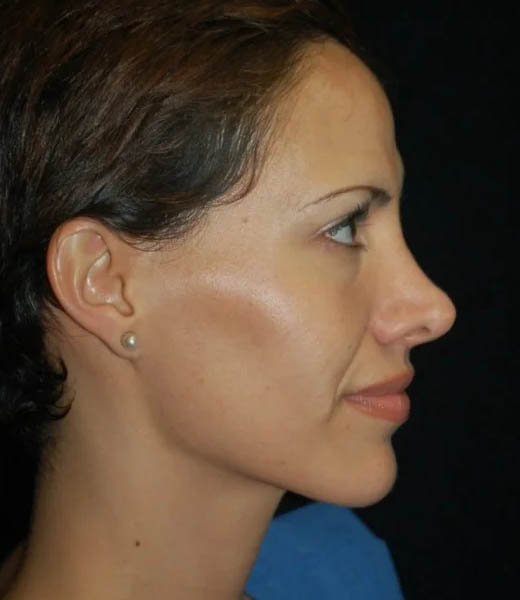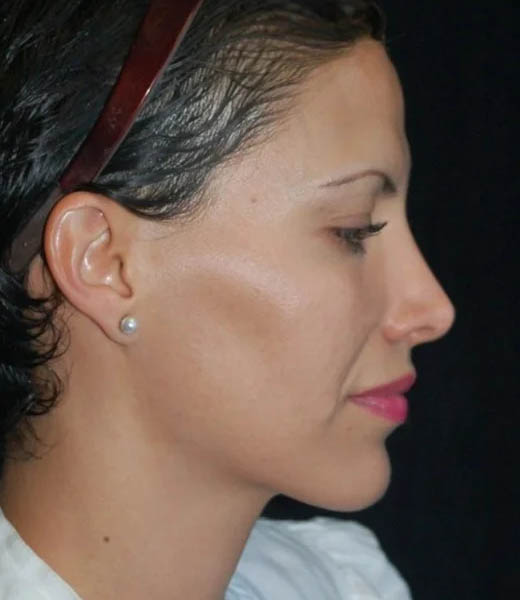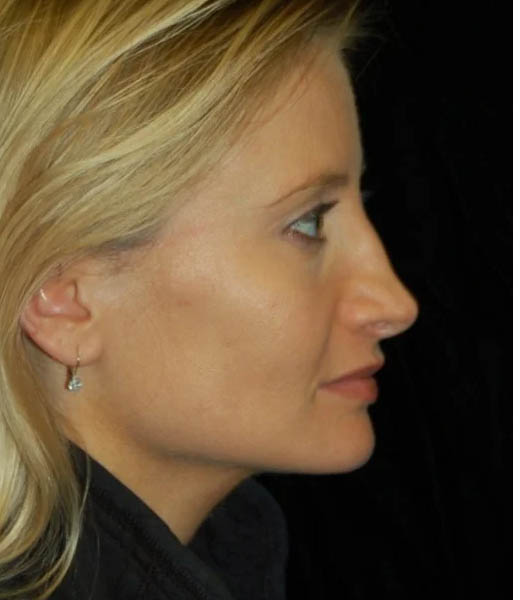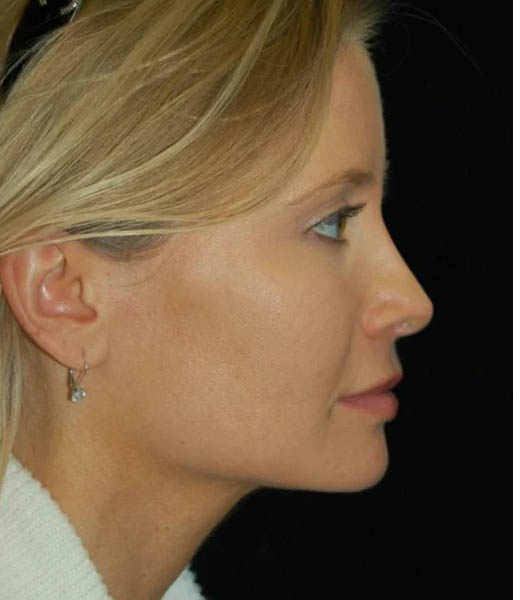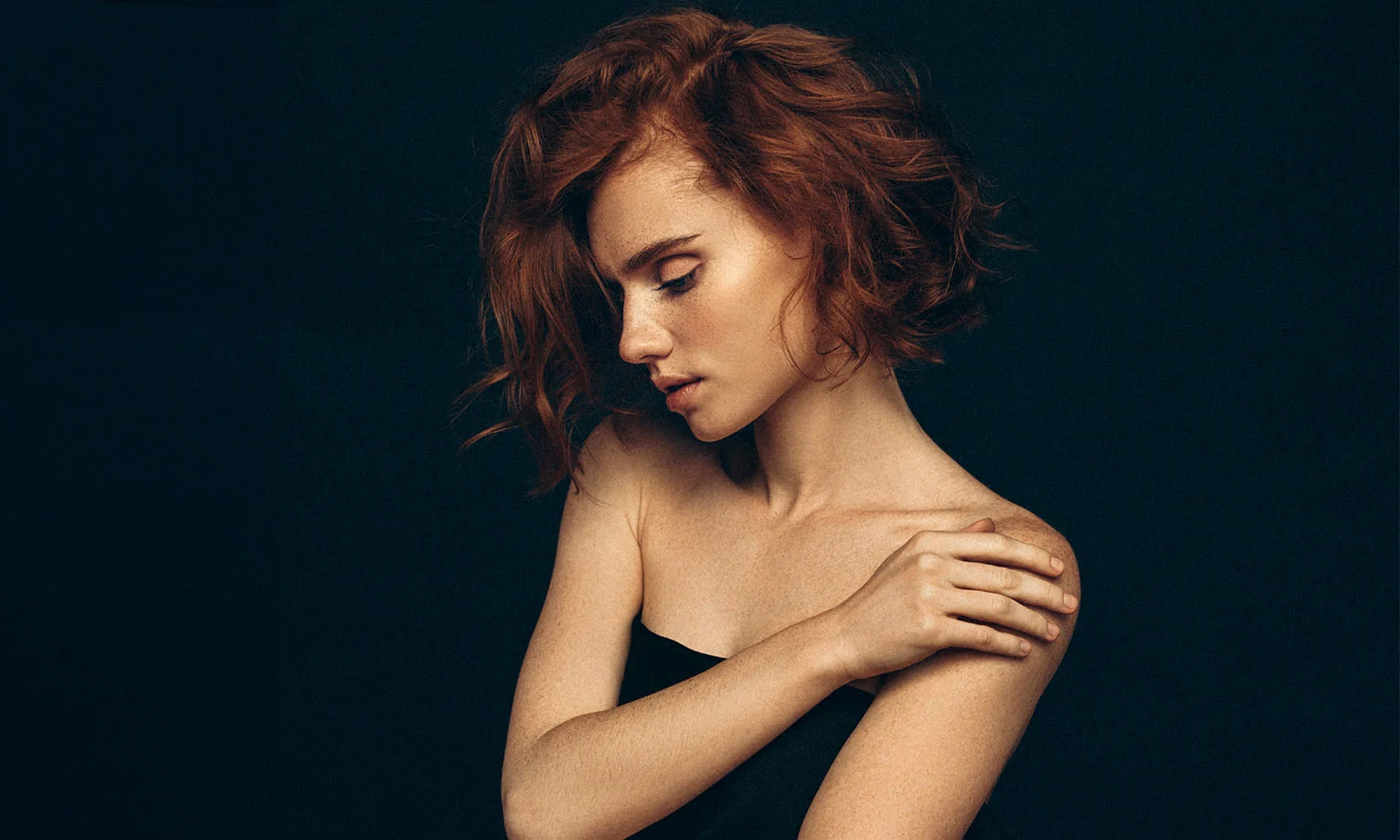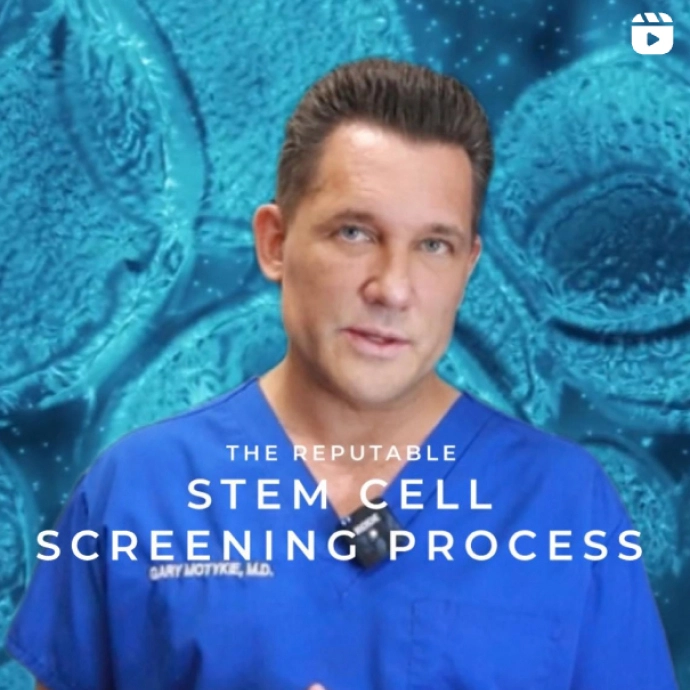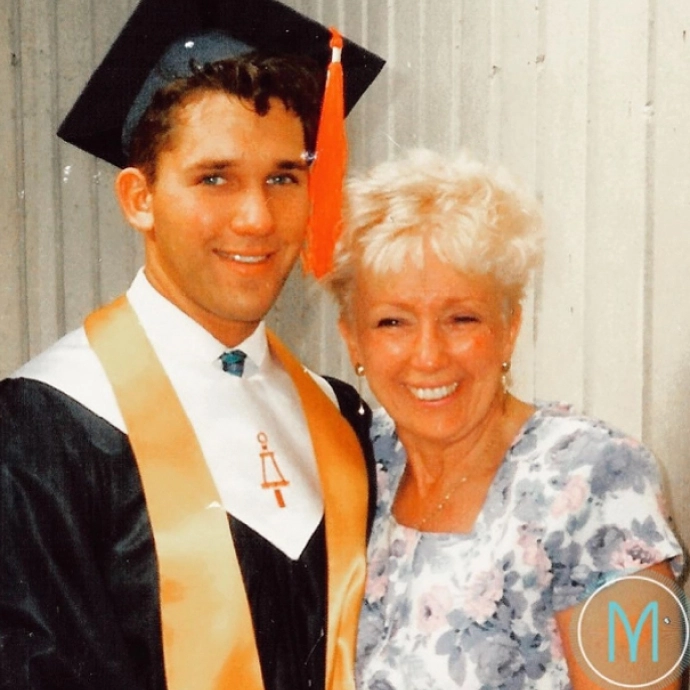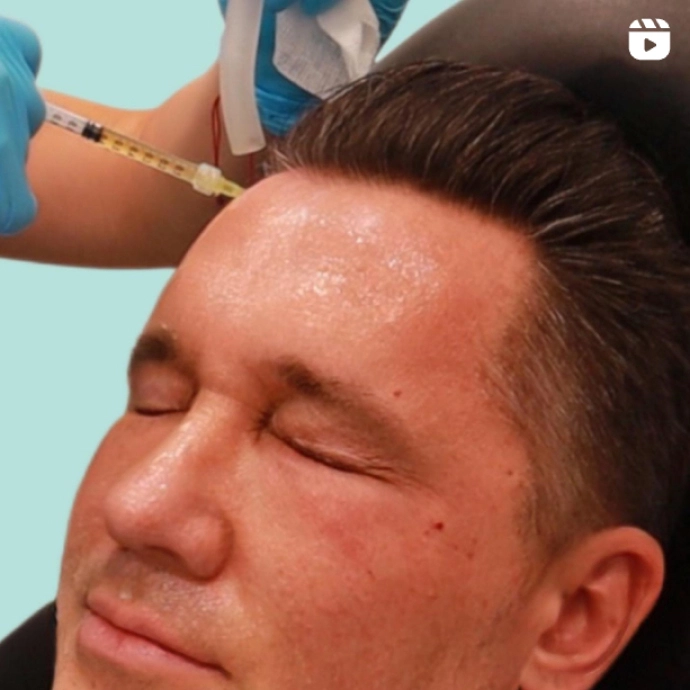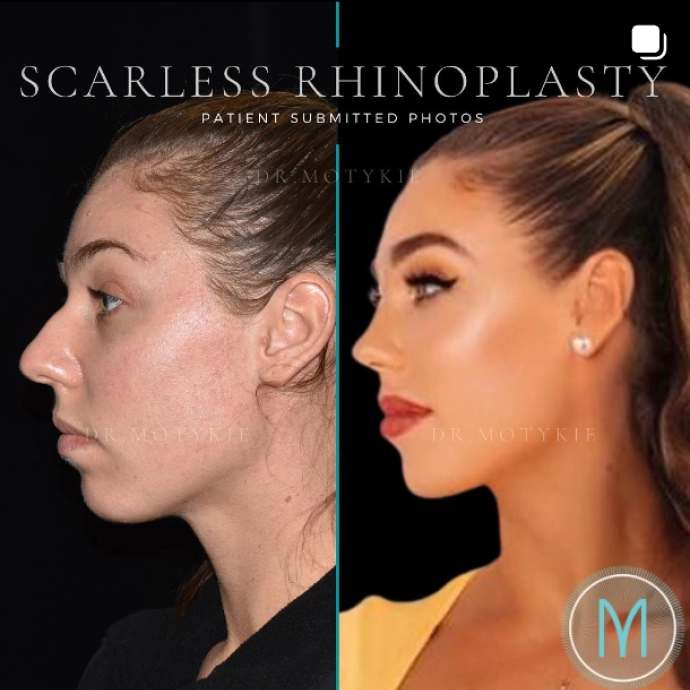Please schedule a consultation with Dr. Motykie in West Hollywood, CA, to evaluate whether a revision rhinoplasty would be the next recommended step to address your current nasal issues. Please be prepared to discuss your medical history and use of any current medications, vitamins, herbal supplements, alcohol, tobacco, and/or recreational drugs, as these can impact your safety if proceeding with a revision rhinoplasty. Please also arrive with any and all questions so you can be prepared to learn as much as possible during your visit with Dr. Motykie.
Dr. Motykie will provide you with a book containing reference photographs of different results from rhinoplasty surgery. You are also encouraged to bring in photographs you may have obtained on your own that show the desired “look” you would like to achieve from surgery. This will help Dr. Motykie understand which type of nose you find attractive and which rhinoplasty technique may best help you achieve your desired outcome from surgery.
Because a revision rhinoplasty procedure depends heavily on the surgeon’s artistic eye, Dr. Motykie offers computer imaging to all of his patients so that they can see what their noses might look like after surgery, even before undergoing any surgical procedure. This will allow Dr. Motykie to clearly define your nose problems and show you a realistic view of what can be accomplished surgically to create your new nose.
You should leave your consultation with a preliminary game plan for your surgery. As discussed in your consultation, Dr. Motykie will develop a personalized surgical treatment plan tailored to address your needs. When you are ready to proceed, a patient care team member will help you schedule your surgery.
